Nanofluid Effect On Cooling CFD Validation, A Fluent & Thermal Resistance Tutorial
Nanofluid Effect On Cooling CFD Validation, A Fluent & Thermal Resistance Tutorial
- Upon ordering this product, you will be provided with a geometry file, a mesh file, and an in-depth Training Video that offers a step-by-step training on the simulation process.
- For any more inquiries regarding the product, please do not hesitate to reach out to us at info@CFDLAND.com or through our online support assistant.
€360 Original price was: €360.€185Current price is: €185.
A nanofluid is an advanced class of heat transfer fluid engineered by dispersing nanometer-sized particles (like copper oxide, CuO) into a conventional base fluid (like water). The primary goal of using a nanofluid is to significantly enhance the thermal properties of the base fluid, particularly its thermal conductivity. This improved ability to conduct heat makes them ideal for high-performance cooling systems. A key metric for evaluating the performance of such a system is its Thermal Resistance, which measures how effectively the system dissipates heat; a lower thermal resistance indicates better cooling performance.
Given the importance of designing more efficient thermal management solutions, this project details a Nanofluid Effect On Cooling CFD VALIDATION study. The goal is to build a reliable simulation model and validate its accuracy against published experimental work. Specifically, we reproduce the numerical investigation from the paper “Numerical study on effect of CuO-water nanofluid on cooling performance of two different cross-sectional heat sinks [1]”. This Nanofluid Effect On Cooling VALIDATION Fluent project focuses on the case with a 0.5% volume fraction of CuO nanoparticles to accurately predict the Nanofluid Thermal Resistance.
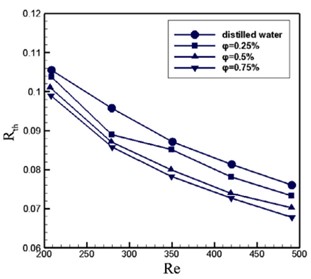
Figure 1: Thermal Resistance vs. Reynolds number for different nanofluid concentrations, from the reference paper [1]
Simulation Process: CFD Modeling of Nanofluid Cooling with a Single-Phase Model
The simulation process began with the creation of the rectangular microchannel geometry using ANSYS Design Modeler. A high-quality, structured grid was then generated in ANSYS Meshing to ensure high accuracy in the regions with steep thermal gradients, such as near the channel walls. This resulted in a mesh containing 112,800 cells.
The core of this simulation was the physics setup in ANSYS Fluent. The flow within the microchannel was defined as laminar, which is a standard assumption for such small-scale geometries. The most critical decision was how to model the nanofluid. A single-phase model was chosen, where the nanofluid is treated as a continuous fluid with modified properties. This is a computationally efficient and widely accepted method for low volume fractions. The thermal properties of the 0.5% CuO-water mixture—including density, viscosity, specific heat, and thermal conductivity—were calculated based on established theoretical relations and defined as a new custom material in Fluent. To precisely evaluate the simulation’s performance, a custom expression was written to report the Nanofluid Thermal Resistance CFD result directly during the calculation, a key step in this Nanofluid Effect On Cooling Fluent analysis.
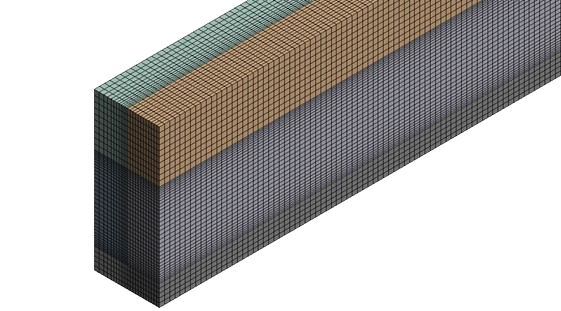
Figure 2: The high-quality structured mesh used to accurately simulate the flow and heat transfer in the microchannel.
Post-processing: Validating Thermal Resistance and Heat Dissipation
The primary objective of this simulation was validation, and the results demonstrate exceptional accuracy. Our simulation predicted a thermal resistance of 0.081 at a Reynolds number of 350, compared to the reference paper’s value of 0.082. This represents a minuscule error of only 1.2%. This outstanding agreement confirms that our single-phase modeling approach and overall CFD methodology are highly reliable and accurate for predicting the cooling performance of this CuO nanofluid. Achieving such a low error is the most significant outcome of this study, as it builds confidence in using this validated model for future design optimizations.
| Reference Paper | Present CFD Simulation | Error | |
| Thermal Resistance | 0.082 | 0.081 | 1.2% |
The temperature contour provides a clear physical explanation for this excellent performance. The analysis shows a thermal gradient across the heat sink ranging from a cool 293K to a maximum of 325.641K. The highest temperatures are correctly located along the channel walls, where the heat is being applied and transferred into the fluid. As the CuO nanofluid flows through the channel, it effectively absorbs this thermal energy, demonstrated by the gradual decrease in temperature towards the center of the channel. This efficient heat absorption is a direct result of the enhanced thermal conductivity provided by the suspended CuO nanoparticles. They create additional pathways for heat conduction and induce micro-convection within the fluid, leading to a more effective heat dissipation process than the base fluid alone. This detailed insight into the heat sink performance is a key achievement of our CFD simulation.

Figure 3: Temperature contour from the CFD analysis, demonstrating the effective heat dissipation by the CuO nanofluid.
We pride ourselves on presenting unique products at CFDLAND. We stand out for our scientific rigor and validity. Our products are not based on guesswork or theoretical assumptions like many others. Instead, most of our products are validated using experimental or numerical data from valued scientific journals. Even if direct validation isn’t possible, we build our models and assumptions on the latest research, typically using reference articles to approximate reality.
Yes, we’ll be here . If you have trouble loading files, having technical problems, or have any questions about how to use our products, our technical support team is here to help.
You can load geometry and mesh files, as well as case and data files, using any version of ANSYS Fluent.
€160 Original price was: €160.€110Current price is: €110.

€190 Original price was: €190.€99Current price is: €99.

€265 Original price was: €265.€135Current price is: €135.

€245 Original price was: €245.€185Current price is: €185.

€185 Original price was: €185.€135Current price is: €135.

€280 Original price was: €280.€145Current price is: €145.


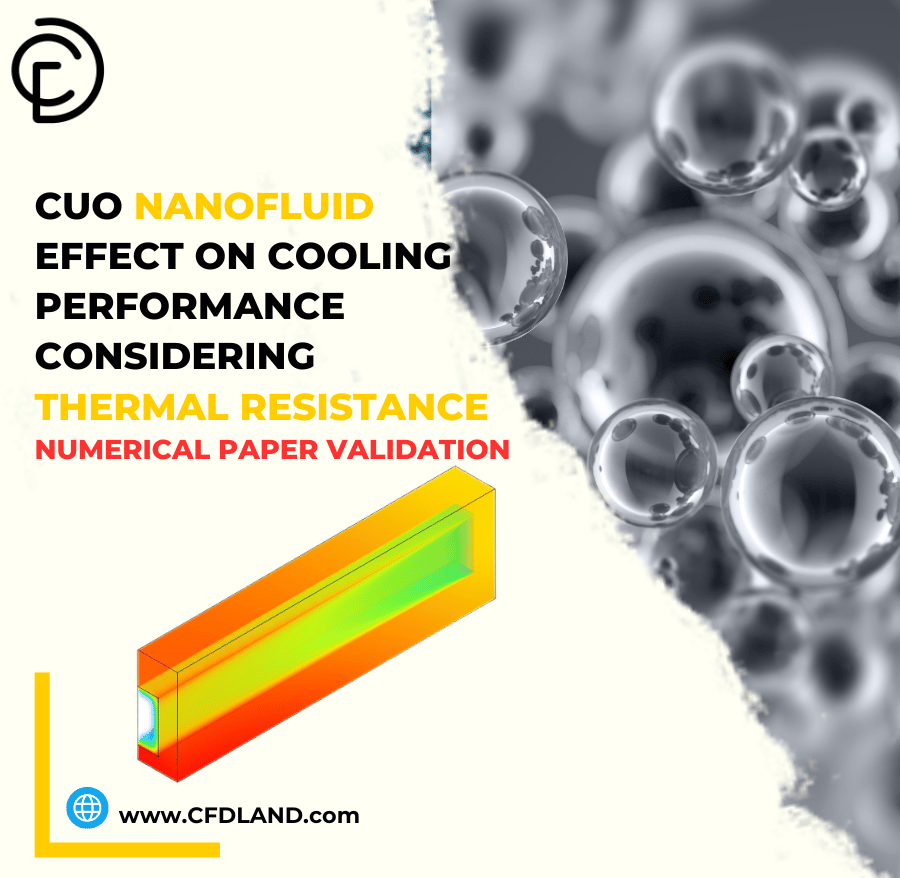
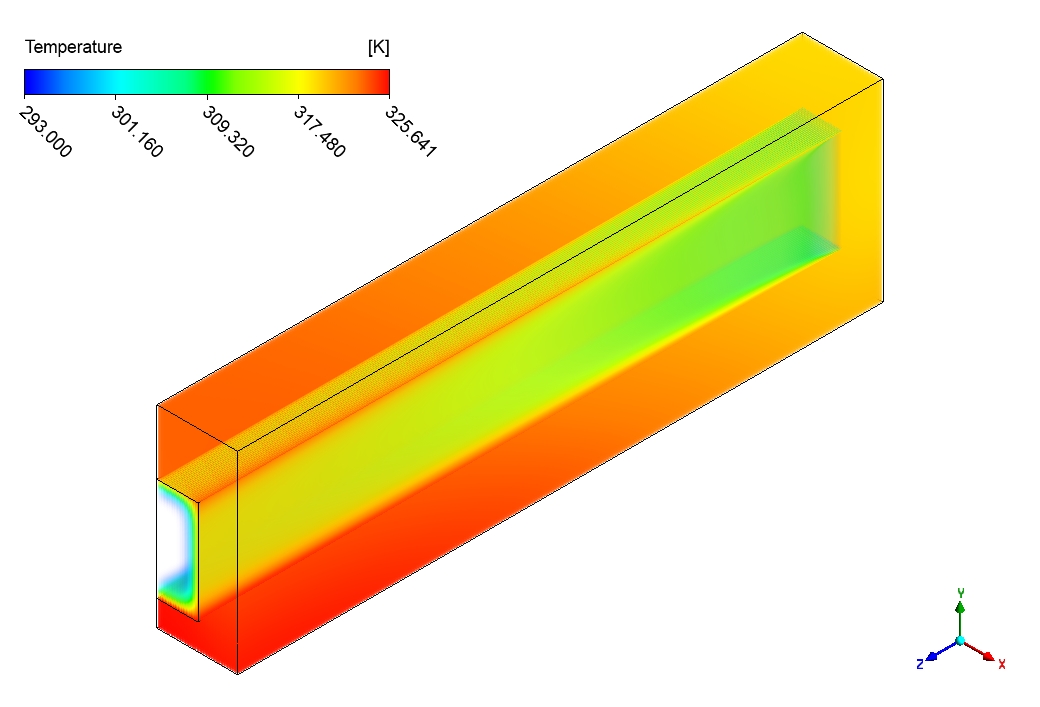
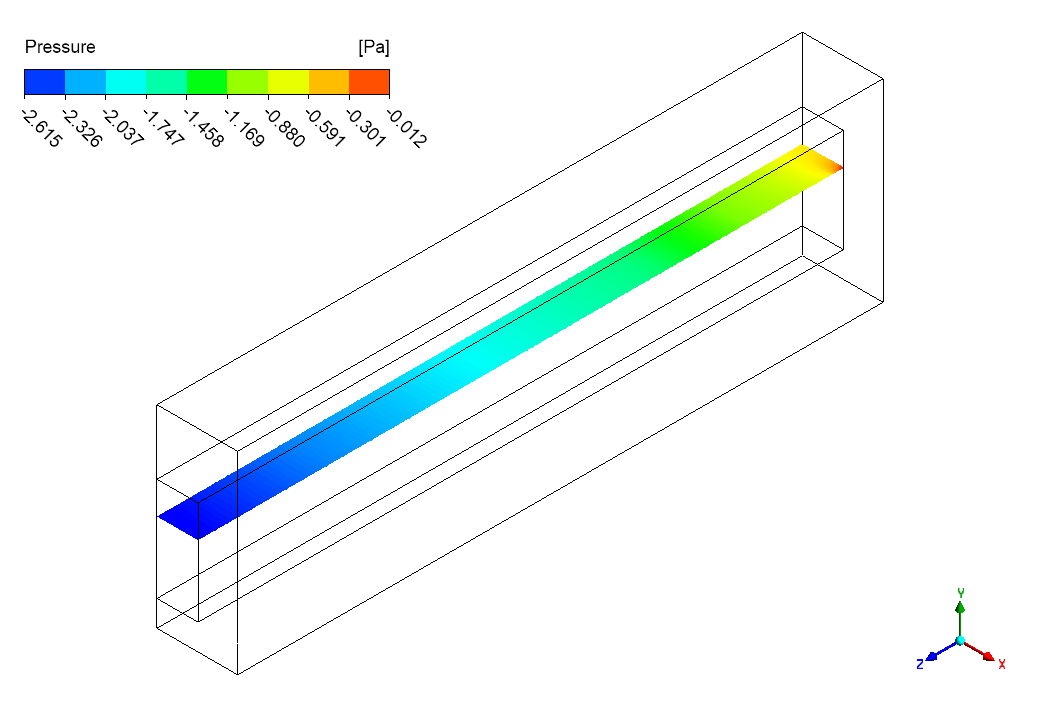
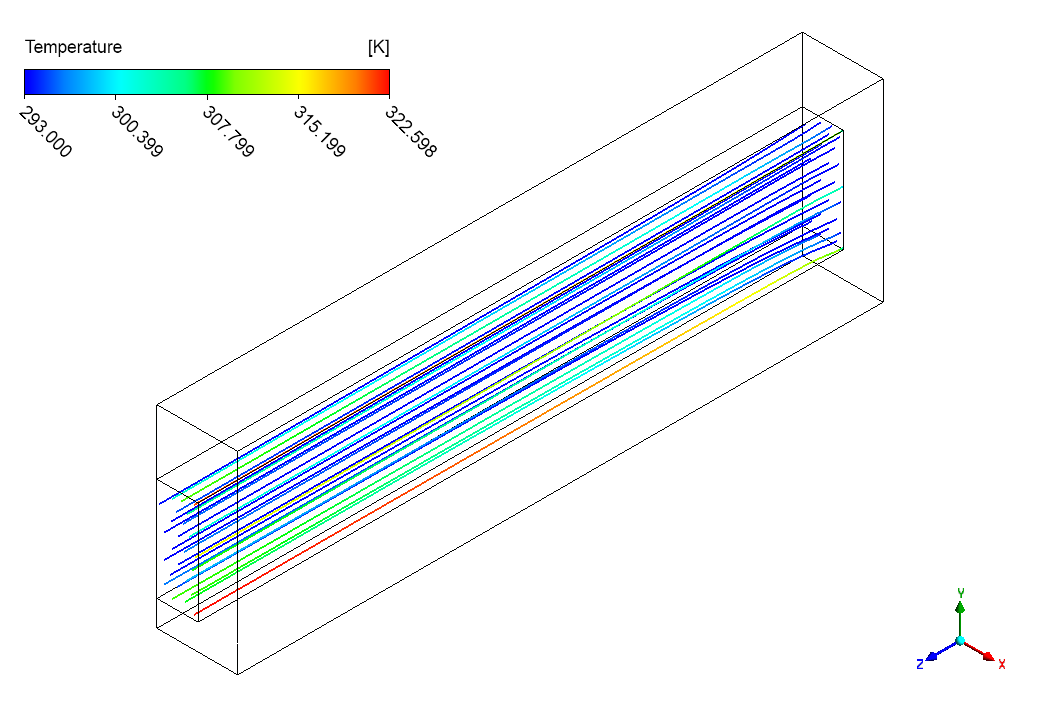
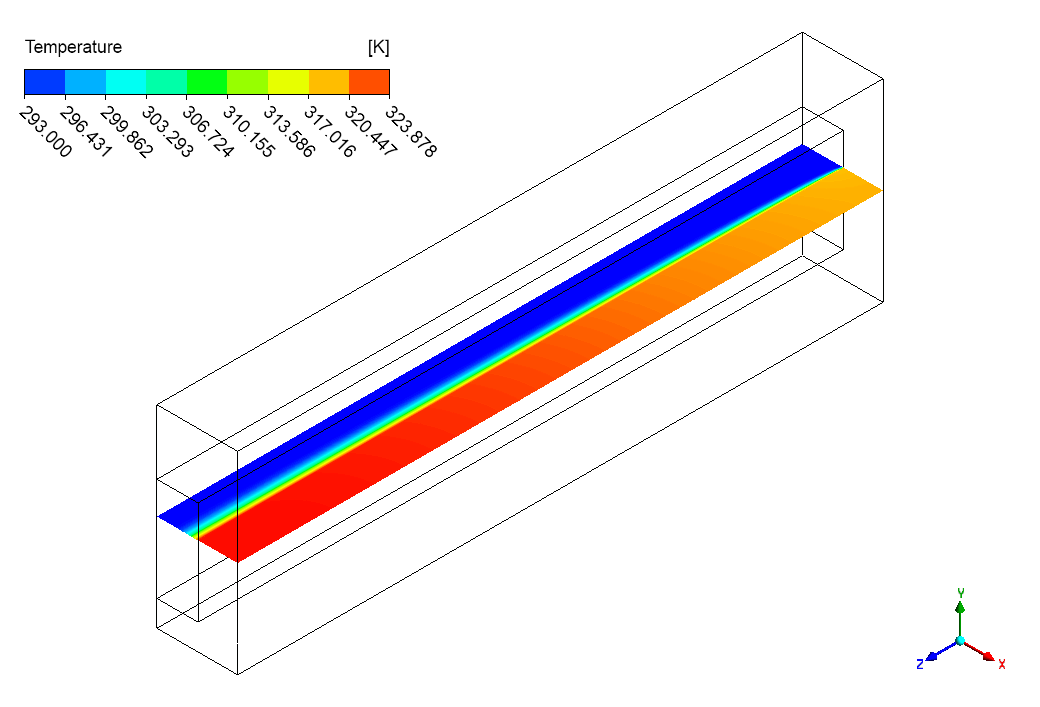
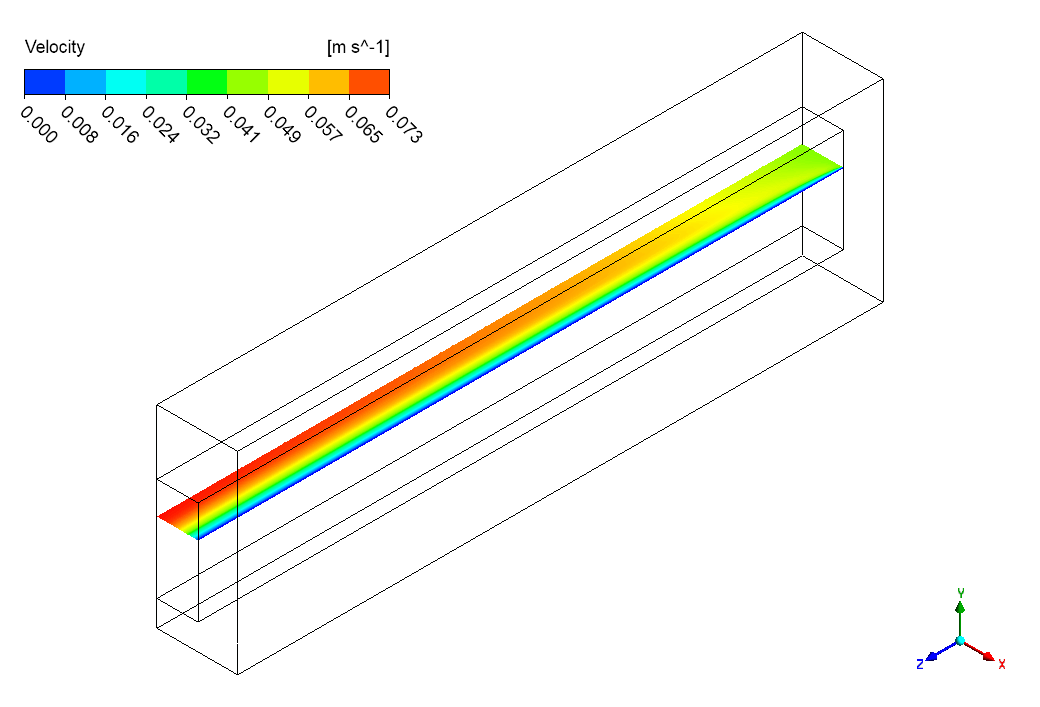
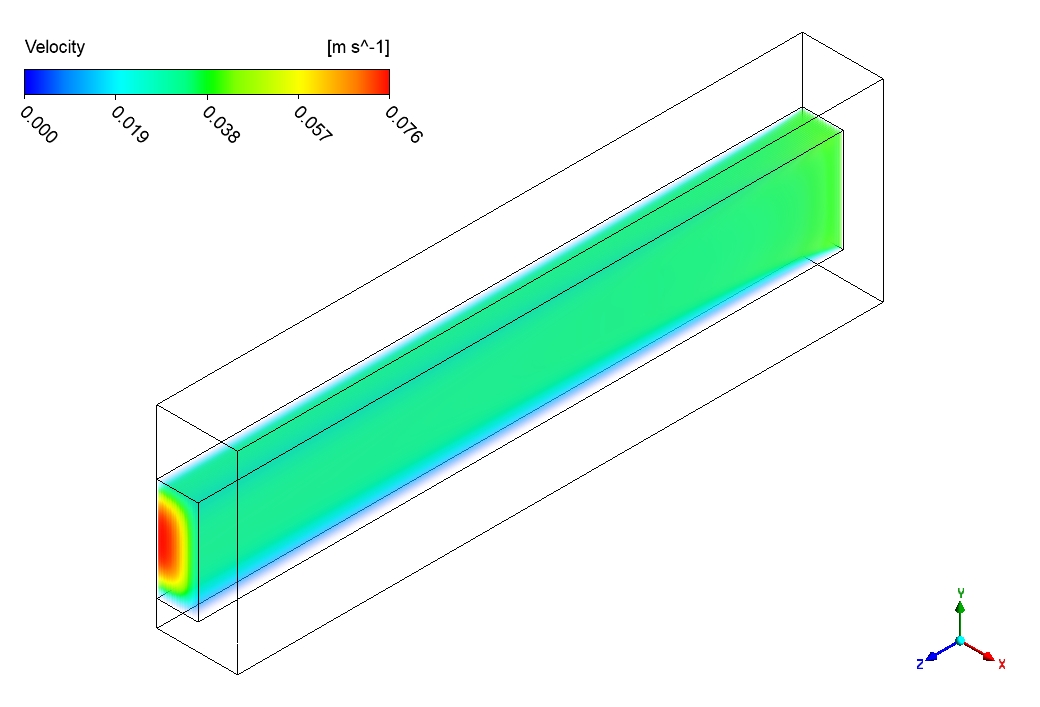





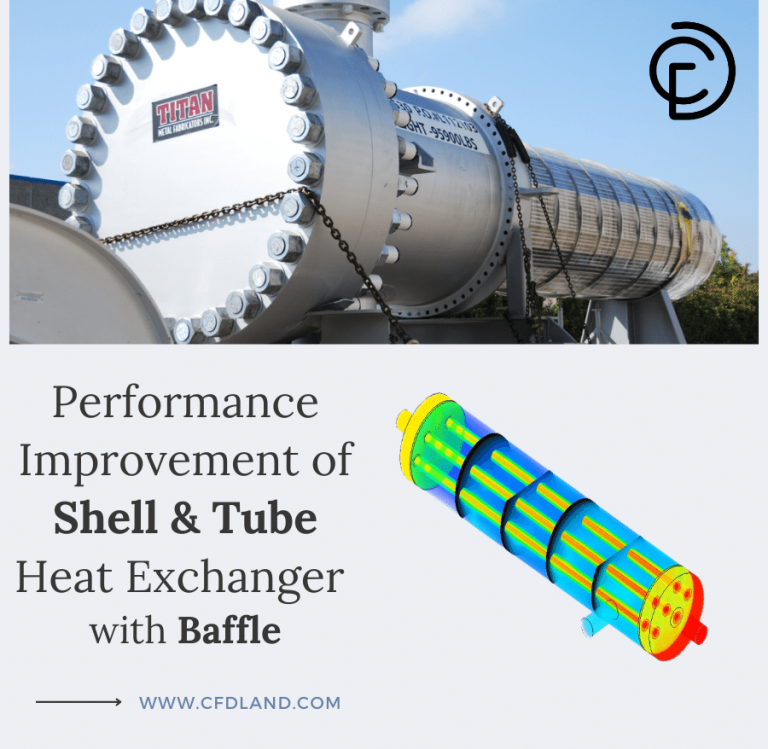
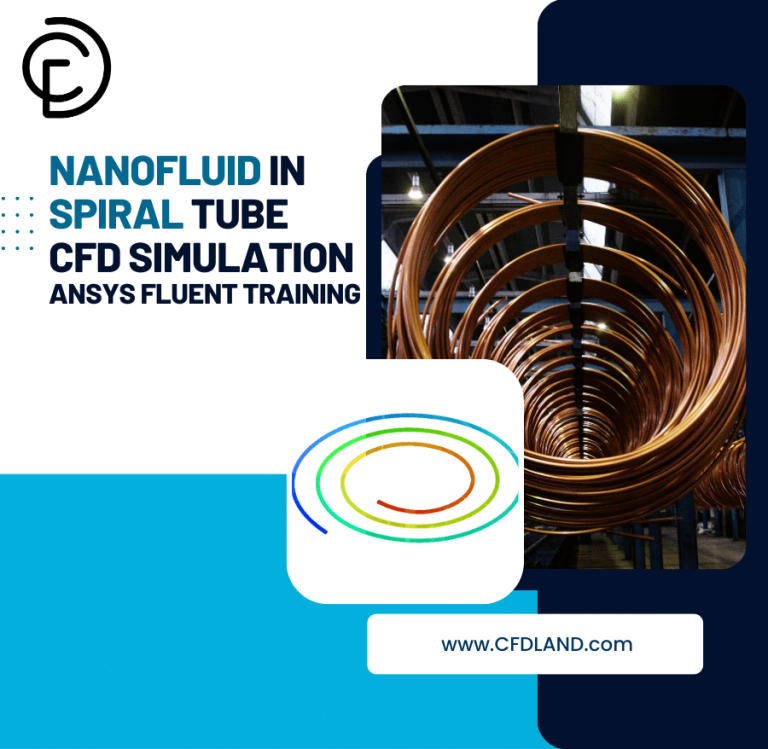

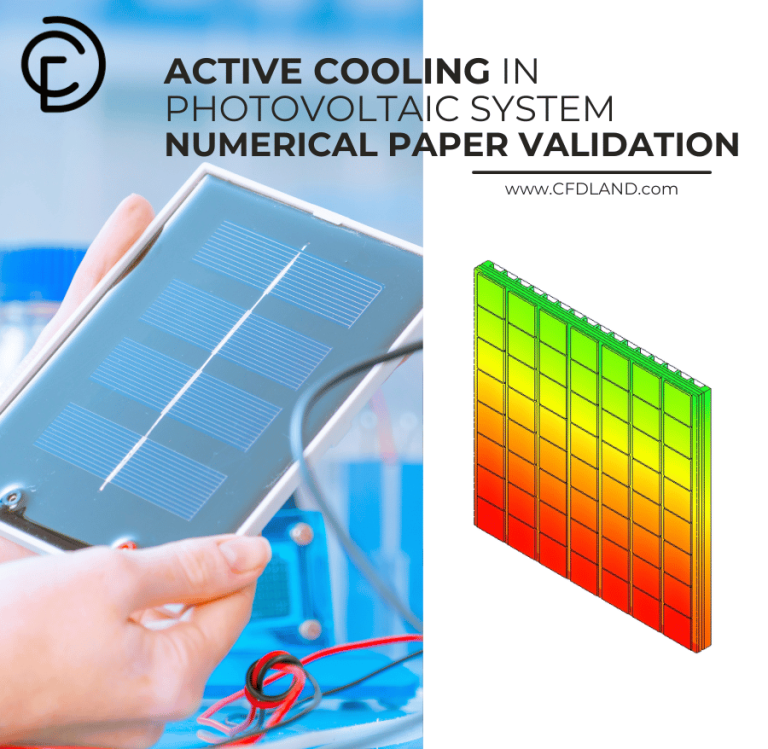
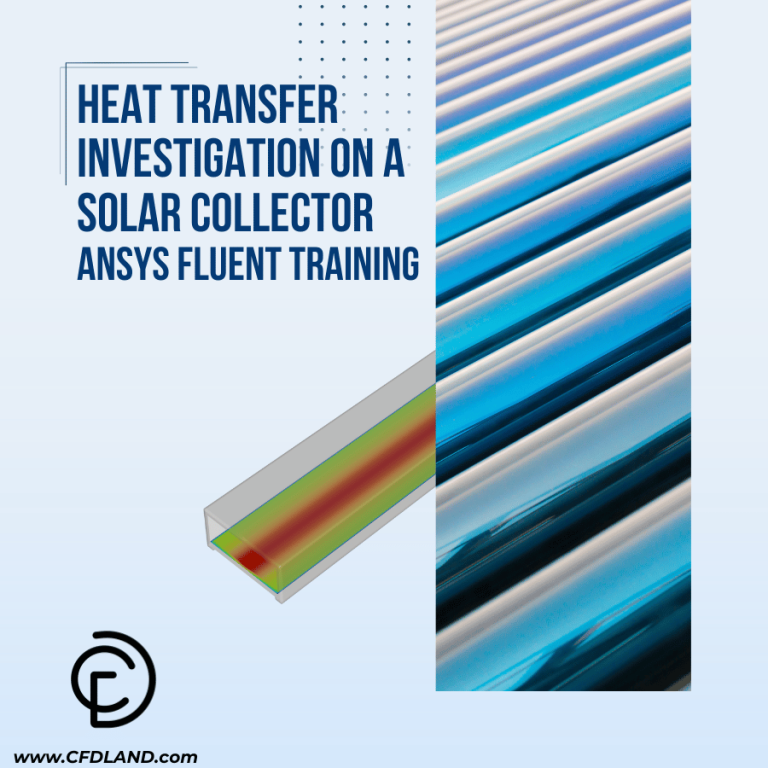
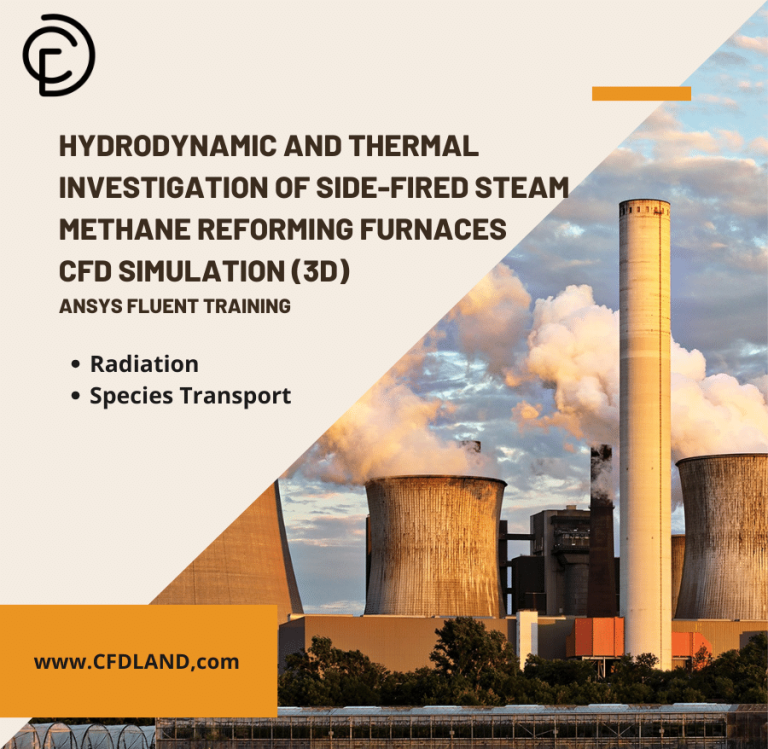
Reviews
There are no reviews yet.